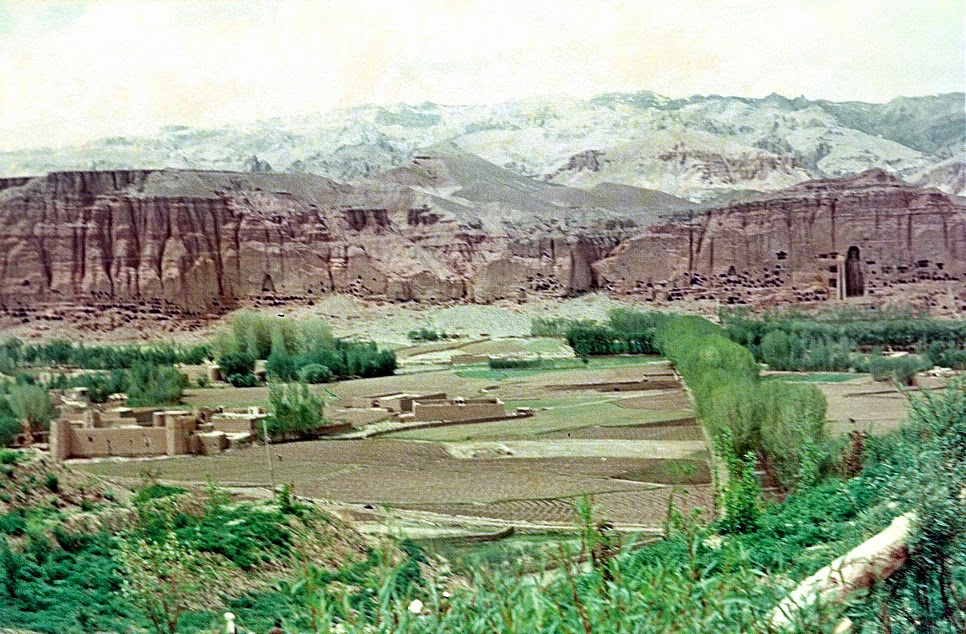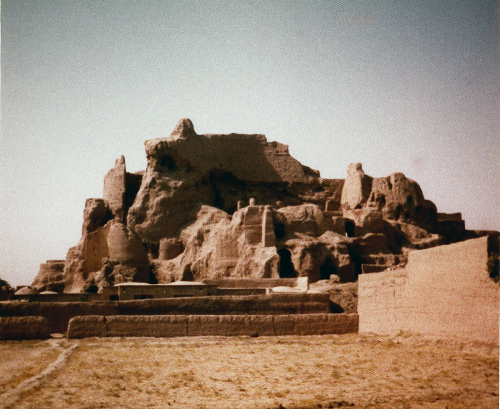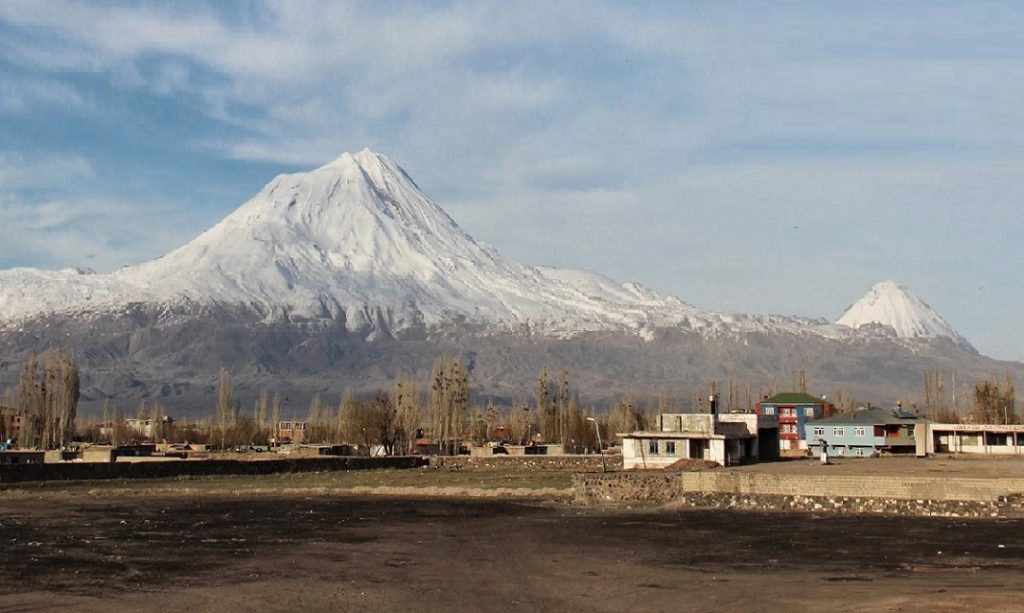There seemed to be a kind of sameness in Asiatic Turkey, Iran and Afghanistan that I have trouble putting into words. Part of that sameness is, of course, the uniformity of religion—all three are nearly 100% Muslim, even though the people represent many different ethnic backgrounds. Another part of the sameness was the starkness of the landscape, at least in the parts of the countries that I traversed. Entering India, it was my impression that I had stepped out of a black and white movie into a world rendered in full Technicolor. I will share some of my first impressions, which I wrote back to friends in the US.
“India is such a strange place. In New Delhi, the gamut of everything is to be seen. The wealthy Indian’s contempt of the poor is obvious. One man told me I should stay in the center of town—all the Western restaurants and fancy shops—and avoid back streets because there was nothing of interest there. The saints and charlatans are in great profusion, and in most cases telling the difference requires greater discernment than I presently have. One Indian I spoke with had returned recently from a religious festival where [he claimed] the ceremonial fire had been kindled with a prayer. A street corner astrologer [one of literally hundreds] told me incredible things about my past with details that would have been impossible to guess.

“The Sikhs seem to be the most genuinely religious people here and can be trusted to give honest service. I had a long talk with a member of the Sikh family on the train from the border to New Delhi. He has invited me to his home in Baglali [sp?], so I will probably see him again. The Sikhs are generally well-dressed. There hair is not cut, but is worn on top in a bun, over which the turban is worn. Sikh men were often drivers of the auto rickshaws that weave in and out of traffic in New Delhi. Sikhs formed some of the most elite regiments of the Indian Army.
“The second day I was in New Delhi was the first day of Diwali, the Festival of Lights. On this day every household lights candles and has a great variety of sweets on hand. Most people also buy fireworks. At times it sounded like the city was the scene of a great battle. I went to a sitar concert, and it was like New York, everyone well-dressed and most speaking in English.”
In another letter to friends about my inner mental processing, I wrote, “Before I left [the US on my journey], I felt that too often I set myself up as your friendly neighborhood prophet and general mystic. The journey has somewhat changed this. Every day is a bewildering flow of new experiences, which have to be fitted into some larger scheme. So often I am caught doing the right things for the wrong reason (the greatest temptation in Murder in the Cathedral [by T. S. Elliot]). There is no good or evil; everything is capable of perversion. Every good act is capable of being used to ill advantage of the self. Even alms, the confession of faults one to another, the whole gamut of religious observance, when used wrongly, can destroy the self more than greed, concealment, or even total irreligion.”
You can hear in this that always, in the background of my mind, issues of significance were constantly percolating. I was wrestling with some of the deepest issues of life and hungering for the Truth.














